|
|
|
|
|
|
Sphere of application
High-speed transportation of passengers and freight:
- between the cities;
- between regions;
- between countries;
- between the continents.
|
 |
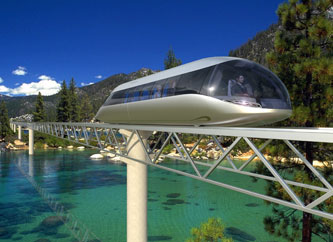 |
|
Key features
- Speed — up to 500 km per hour.
- Capacity of rolling stock:
- passengers — up to 500 persons;
- cargo — up to 100 tons.
- Road gradient — up to 10%, with a special type — up to 30%.
- Transportation distance — up to 10 000 km.
- The volume of high-speed long-distance transportations:
- passengers — up to 1 million passengers per day;
- cargo — up to 100 tons per day.
- The cost of high-speed route, excluding the cost of rolling stock, stations and infrastructure — from USD 3 million per km.
- Net cost of high-speed traffic — 5 times lower than the net cost of high-speed railway transportation, magnetic levitation trains, aircraft.
|
|
Competitive advantages
- Decrease of capital expenditure for construction:
- significant decrease in land requirements necessary for the track and infrastructure;
- exception embankments, excavations, tunnels, bridges, viaducts, multi-level interchanges and culverts;
- exception fence of linear part of the high-speed route;
- rugged terrain, low strength of underlying soils and difficult geographical and climatic conditions does not lead to higher prices;
- decrease on the order of resource requirements string-rail overpass compared to traditional transport overpass.
- Reduction of operating costs:
- by reducing the consumption of energy and fuel;
- by reducing staff costs;
- by reducing the volume of track and repair work;
- in winter not necessary clean the track structure of ice and snow.
- Reducing the net cost of high-speed passenger and freight traffic in three or more times.
- The possibility of development and settlement of new territories in remote places, comfortable to live, — islands, mountains, sea shelf, etc.
- Improving the reliability and safety of all-weather and year-round operation of high-speed UST in any climatic conditions.
- The possibility of combining the track structure and its support with power lines and communication lines — wire, fiber optic, radio relay, cellular.
|
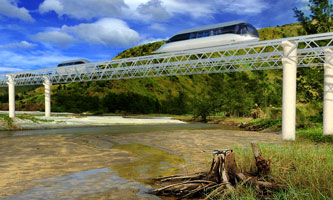 |
|
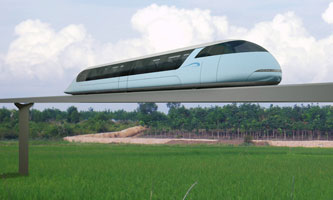 |
|
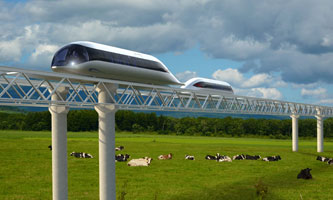 |
|
Environmentally friendly
- Low resource consumption and low energy consumption at all stages of the life cycle of high-speed UST (design, construction, operation and dismantling).
- High-speed UST does not violate the terrain, biogeocoenosis and biodiversity neighborhood.
- The road does not destroy the fertile soil and vegetation.
- The road does not prevent:
- the movement of ground and surface waters;
- the movement of people, pets and wild animals;
- the work of the agricultural, construction and special equipment.
|
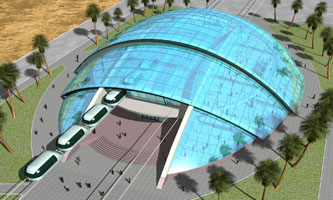 |
|
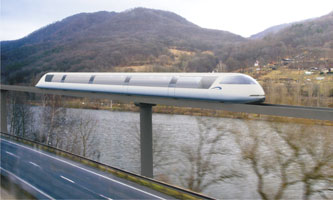 |
|
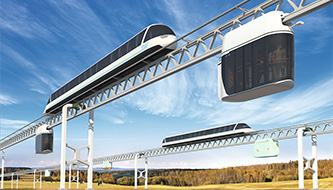 |
|
Reliability and safety
- The presence of anti-derailment device.
- Ten-fold margin of safety of string elements.
- Stability to ice, glaciation, snowdrift, fogs, dust and sand storms.
- Reliability in any extreme air temperatures.
- High stability to vandalism and terrorist acts.
- Stability to natural disasters (with special equipment and minimal rise in the price):
- earthquake of magnitude up to 10 on the Richter scale;
- floods with water depth up to 10 m and more;
- hurricane wind with speed up to 250 km per hour or more;
- tsunami with wave height up to 20 m and more.
|
 |
|
© 1977—2020 Anatoly Yunitskiy. All Rights Reserved.
|














